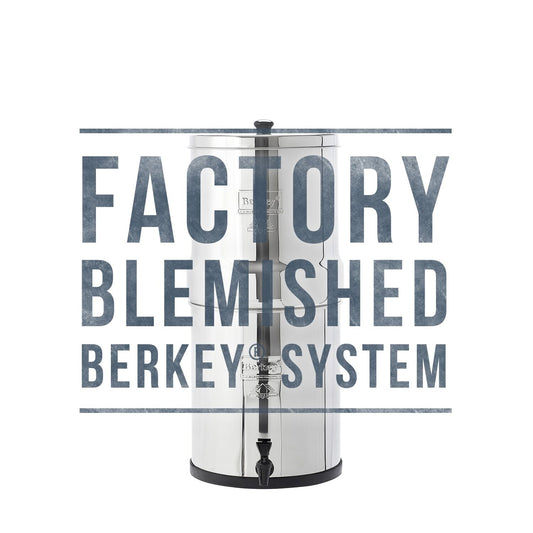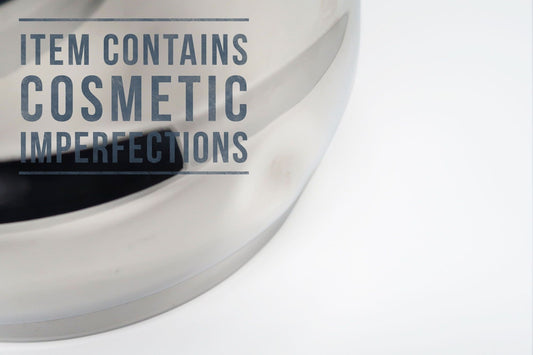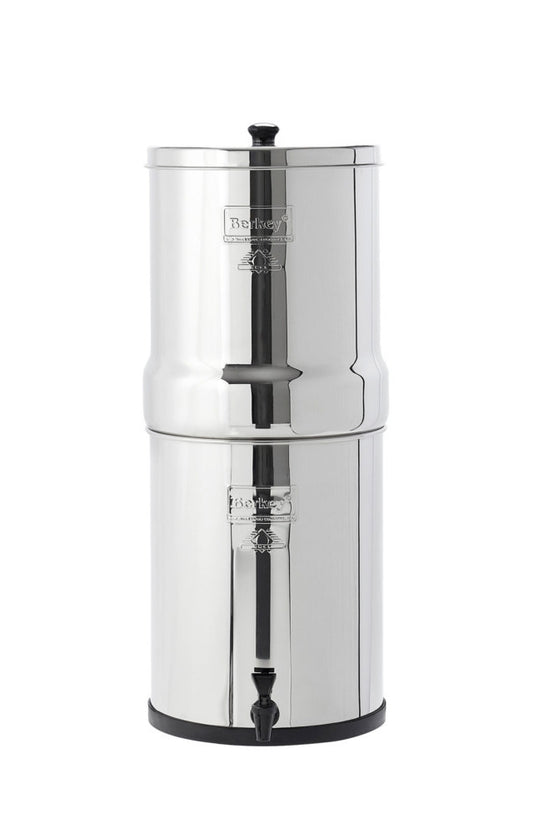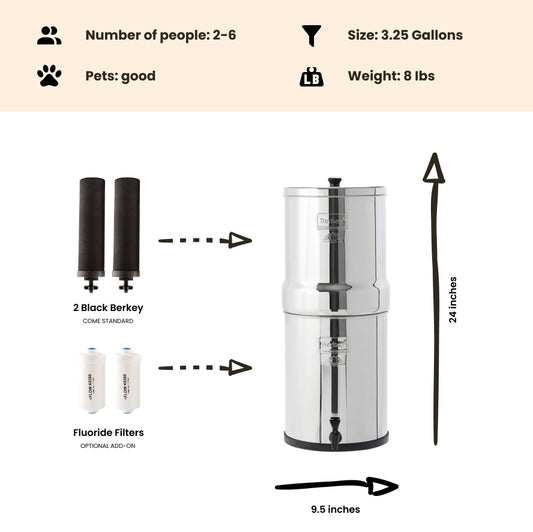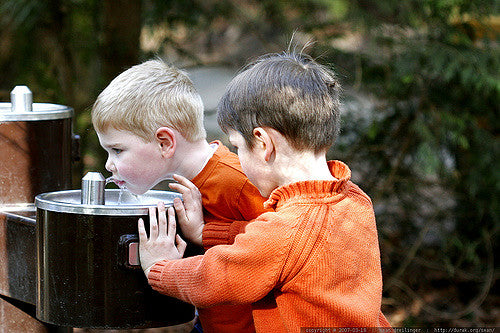
Roundup of Water Contamination Incidents in 2016
By Dan DeBaunShare
There has been much focus on drinking water contamination in Flint, Michigan, where dangerously high concentrations of lead were discovered in the city's drinking water supply. Yet, Flint is not the only city trying to cope with drinking water contamination issues.
Below is an overview of some of the key water contamination incidents that occurred during 2016. February 2016: A non-profit organization unearthed more than 2,300 misplaced public complaints related to water contamination due to fracking operations in Pennsylvania. While a study conducted by the EPA concluded that fracking did not pose a severe threat to groundwater sources nearby, the level of complaints clearly indicates otherwise. April 2016: Nineteen public schools in Detroit were found to have elevated levels of copper or lead in their drinking water. 
credit: ttps://www.flickr.com/photos/seandreilinger/426373778
April 2016: Wastewater spills from fracking operations contaminated soil and water across North Dakota with contaminants such as lead, selenium, and ammonium, as well as other toxic inorganic chemicals. May 2016: Schools in Portland, Oregon set about replacing their water pipes after higher than normal levels of lead where found in drinking water. However, they failed to shut off the water supply in the interim, or caution learners and their teachers to refrain from drinking it. September 2016: Unusually high concentrations of Chromium 6, a known carcinogen, were detected in 29 out of 30 drinking water sources supplying the northeastern Ohio region.
Many of the water samples had concentrations of Chromium 6 exceeding 0.02 parts per billion, which is the level considered safe by public health officials, while water samples from Columbus and Cleveland had Chromium 6 levels that exceeded 10 parts per billion.
September 2016: A sinkhole at a fertilizer plant in Florida caused millions of gallons of water laden with toxins to contaminate an aquifer. Yet, while the Florida Dept. of Environmental Protection holds the view that it is unlikely to contaminate nearby wells, Florida lies on top of porous karst formations, which is why sinkholes occur in the first place.
October 2016: The city of Pittsburgh, Pennsylvania handed the management of the water supply to a private company due water contamination issues resulting from deteriorating infrastructure. But due to staff cutbacks and opting for cheaper, yet inferior anti-corrosion treatments, lead concentrations rose to above that recommended by federal safety standards.
November 2016: Elevated levels of lead were found in drinking water at municipal schools in the Cleveland area, with one elementary school showing lead concentrations as high as 4,480 parts per billion — that is 4,465 ppb higher than the 15 ppb safety standard set by the EPA.
December 2016: Nestlé wishes to switch to another source of groundwater for their bottled water, as a well they previously used was contaminated with perchlorate — a chemical that can impair thyroid functioning — originating from firework displays held near that source. Nestlé now dilutes the contaminated water from the original source with uncontaminated water from other sources in order to comply with safety standards.
December 2016: Several private drinking water wells serving homes in Long Island, New York, that are supposedly located in a protected watershed, were found to have unsafe levels of MBTE, a fuel additive that has been banned in the area since 2004. December 2016: Residents of Chicago's North side were cautioned with a drinking water advisory after a car wash contaminated the local drinking water supply. December 2016: Dangerous levels of toxic heavy metals where found in the drinking water of an elementary school in Milwaukee, with one sample having lead levels six times higher than that considered safe, and copper levels nineteen times higher than that considered safe. Dangerously high levels of lead were found in water from nearly 200 water fountains at various locations, including sites attended by young children. December 2016: After testing water in 414 businesses and homes in St. Joseph, Louisiana, over 20% were found to have dangerously high lead concentrations.
From this extensive list of contamination incidents, which in all likelihood is not complete, we can see that drinking water contamination is a real threat. From last years list of incidents we can see that lead is a common drinking water contaminant, affecting many communities, and in many cases, schools. Yet while lead is not readily detected due to it having no taste, color or odor, it poses a serious health threat. So what can you do to protect yourself and your family? Firstly, you can have your drinking water tested to see what toxins may be lurking; you can also make a sound investment in your family's health by purchasing a good quality water purifier that is able to remove lead and other harmful contaminants commonly found in drinking water.
-
Regular price From $302.00 USDRegular priceUnit price / per
-
Regular price $234.00 USDRegular priceUnit price / per
-
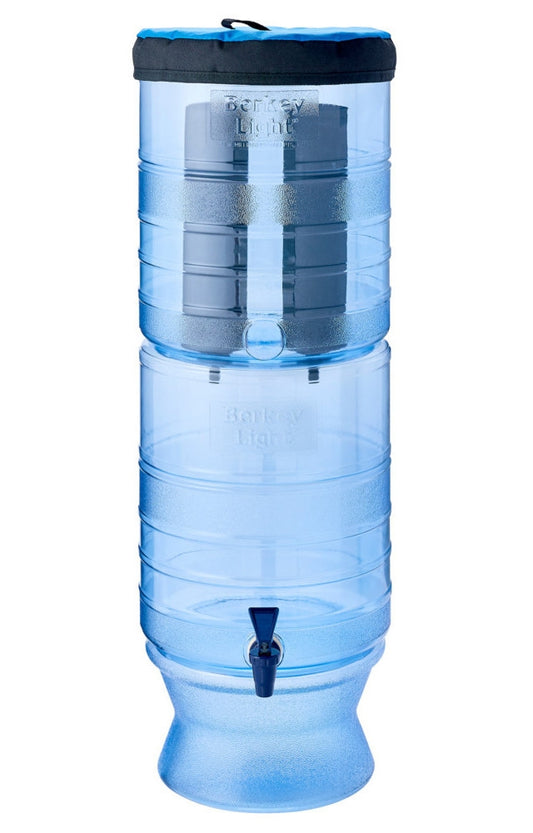
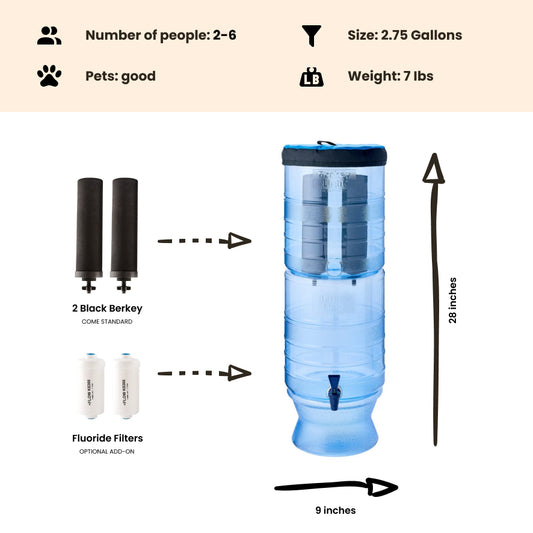 Sold outRegular price From $305.00 USDRegular priceUnit price / per
Sold outRegular price From $305.00 USDRegular priceUnit price / per -
Regular price $327.00 USDRegular priceUnit price / per
-
Regular price From $367.00 USDRegular priceUnit price / per
-
Regular price From $408.00 USDRegular priceUnit price / per
-
Regular price From $451.00 USDRegular priceUnit price / per

Dan DeBaun
Dan DeBaun is the owner and operator of Big Berkey Water Filters. Prior to Berkey, Dan was an asset manager for a major telecommunications company. He graduated from Rutgers with an undergraduate degree in industrial engineering, followed by an MBA in finance from Rutgers as well. Dan enjoys biohacking, exercising, meditation, beach life, and spending time with family and friends.
~ The Owner of Big Berkey Water Filters

